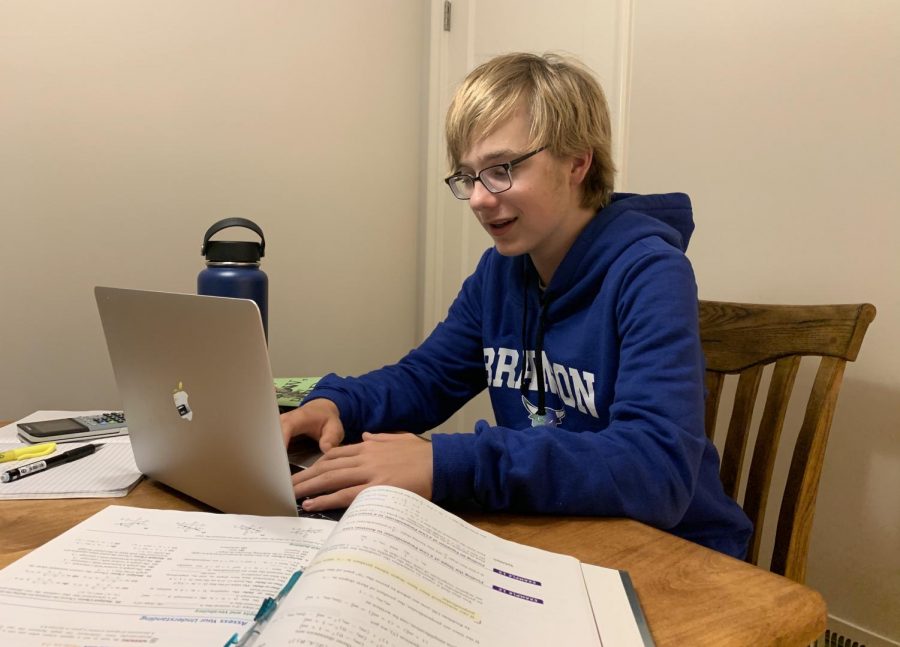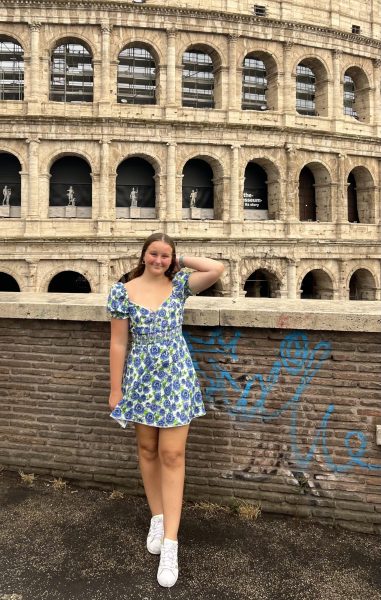Circumstances change Branson community engagement
February 24, 2021
Due to the COVID-19 pandemic, Branson students get a waiver of their required 15 hours of service as freshman and 25 hours as sophomores, juniors, and seniors.
After becoming the director of community engagement, Janeal Fordham worked on improving two main aspects of Branson’s service curriculum. Fordham’s first change in the curriculum was in the reflection process. She adapted the reflection process to mirror Branson’s core values. Her second change was in the way core values were integrated into the community engagement process. For example, the core value of honor being represented by the students sending thank you cards as part of their display of honor.
“We made sure that the core values were integrated into the schedule of community engagement,” Fordham said.
The process had begun to finally bear fruit and then the COVID-19 pandemic hit. Fordham had to adapt her entire year’s worth of curriculum and scrap the next year due to California’s statewide lockdowns.
“At the very final end of the school year, we were focusing on the core value of honor … that’s when the program started to change and adapt because of COVID,” she said.
Cici Dedyo, a junior, became a community engagement director a couple weeks before the statewide lockdown in March last year. Her job this year has been trying to find opportunities for engagement for the Branson community. Dedyo described her community engagement experience at Branson before the pandemic as having many more opportunities than now.
“Pre-pandemic community engagement was a big part of the Branson community and curriculum, it still is, however there were a lot more opportunities pre-pandemic to do things in person … it’s what we call ‘core engagement’,” she said.
Dedyo also expressed her concerns about opportunities based on safety restrictions. Often, the engagement opportunities don’t even have the option to be in-person due to the larger amounts of at-risk members of the community often residing in elderly homes, one of the primary engagement sites.
“I think in terms of safety, you can’t really do much community engagement face-to-face. The opportunity for in-person engagement is very limited,” Dedyo said.
A group of 54 Branson students, 22 freshman, 16 sophomores, nine juniors and seven seniors, responded to an informal Google survey on how engaged they were last year, before the pandemic and this year during the pandemic. The freshmen were not counted in the pre-pandemic figures. According to the survey, on a scale of 1-10, 10 being the most engaged, students were much more engaged in community engagement last year compared to this year. Sixty-three percent of the total responses for last year evaluated themselves 6 or higher on the topic of engagement while this year, only 47 percent of the responses rated themselves 6 or higher. The 16 percent decrease in community engagement at Branson shows how the COVID-19 pandemic has limited opportunities for students at Branson to engage and give back to the community.
“I think this pandemic has brought home the truth that we are all connected and that we are in a global community that relies on one another and I’ve been really impressed with people participating in mutual aid,” Fordham said.




